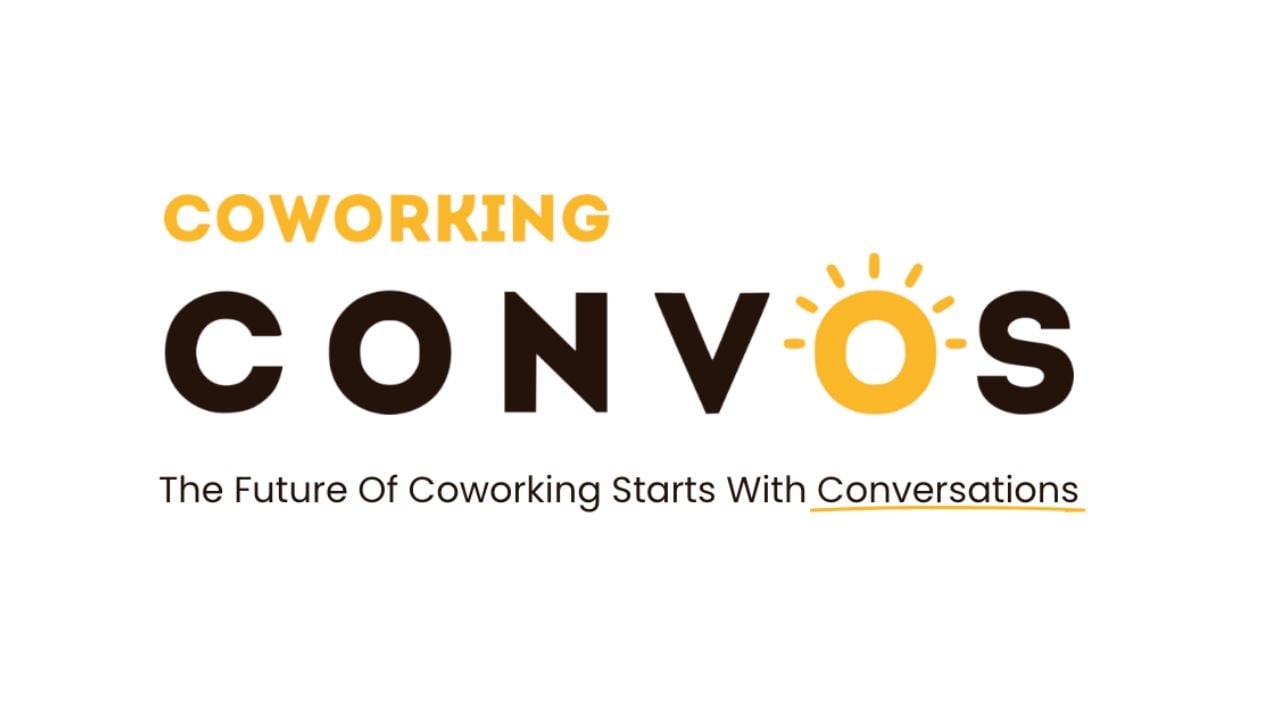New trends are emerging this year for the office industry that derive from the massive changes that occurred last year.
If the pandemic has taught us anything, it’s that professionals are just as effective working from home as they are in the office. However, this arrangement is not necessarily the ideal long-term solution for all companies.
In fact, a survey by JLL found that 54% of respondents in Singapore stated that they missed the office and the socialization it comes with while working from home.
So where will the office fit into this new way of working? For starters, while the workforce will become more distributed, it will also lean on workspaces for more collaborative sessions that can be hard to conduct virtually.
Because of this, offices will be reconfigured to be more social environments where employees can come in and connect through common goals, team-driven projects and all things collaboration.
With companies navigating how to balance both in-office and remote working capabilities, the inclusion of flexible spaces will provide them with a cost effective workspace for employees.
Not only are these spaces cheaper, they are also easy to acquire, come fully furnished and help businesses who may be cutting down on their real estate portfolio.
Overall, it appears that the future of work will not be as black and white as some analysts may presume. Incorporating both remote arrangements and a physical workspace will be absolutely necessary to create a dynamic and engaged workplace that supports all work styles.

 Dr. Gleb Tsipursky – The Office Whisperer
Dr. Gleb Tsipursky – The Office Whisperer Cat Johnson – Coworking Marketing Maven
Cat Johnson – Coworking Marketing Maven Angela Howard – Culture Expert
Angela Howard – Culture Expert Drew Jones – Design & Innovation
Drew Jones – Design & Innovation Andrea Pirrotti-Dranchak – Competitive Advantage
Andrea Pirrotti-Dranchak – Competitive Advantage Jonathan Price – CRE & Flex Expert
Jonathan Price – CRE & Flex Expert Jeremy Fennema – Tech Innovation Alchemist
Jeremy Fennema – Tech Innovation Alchemist












